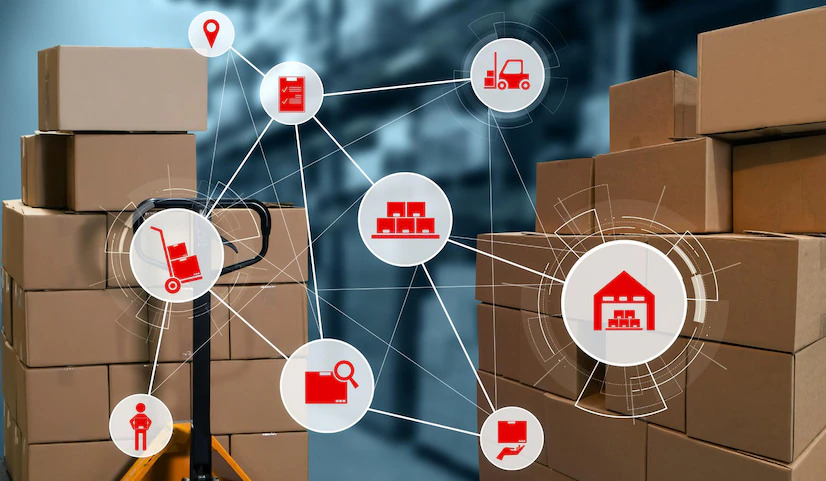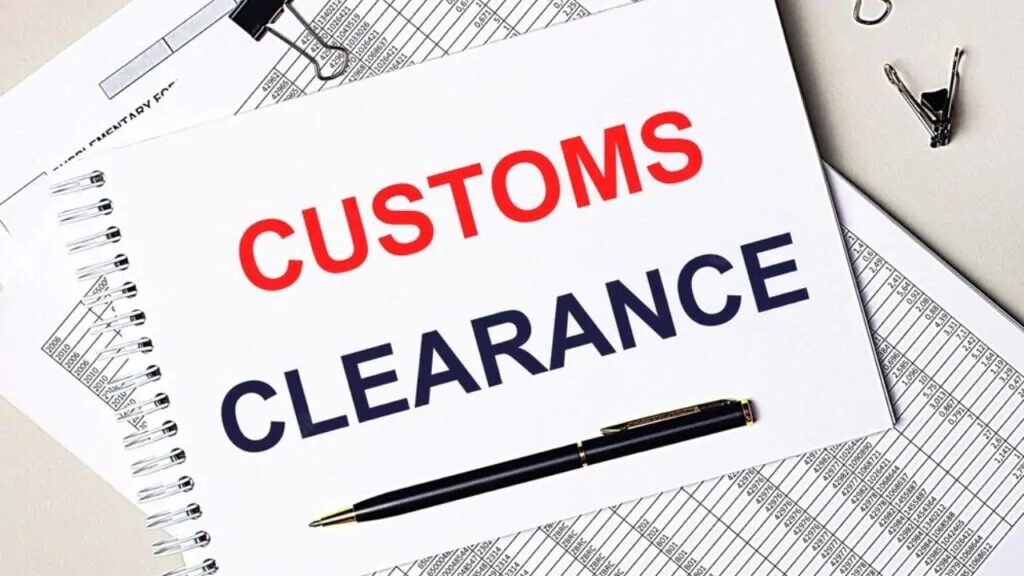If you are an importer who wants to source products from China and ship them to Slovakia, you need to understand the shipping process and the requirements involved. Shipping from China to Slovakia can be a complex and costly process, especially if you are not familiar with the regulations and best practices. In this article, we will guide you through the steps of shipping from China to Slovakia, and provide you with some tips and resources to help you save time and money.
Understanding the shipping process

The first step of shipping from China to Slovakia is to choose the mode of transportation. There are mainly two options: sea freight and air freight. Sea freight is the most common and economical way of shipping large and heavy goods, but it takes longer and requires more paperwork. Air freight is the fastest and most convenient way of shipping small and urgent goods, but it is more expensive and has stricter weight and size limitations.
The shipping process can be divided into four stages: pre-shipment, departure, transit, and arrival. Pre-shipment involves preparing the goods, booking the space, and arranging the pickup. Departure involves loading the goods, clearing the customs, and paying the fees. Transit involves tracking the shipment, dealing with any delays or issues, and updating the documents. Arrival involves unloading the goods, clearing the customs, and delivering the goods to the final destination.
Researching and selecting reliable shipping companies

The next step of shipping from China to Slovakia is to research and select reliable shipping companies that can handle your shipment. There are many factors to consider when choosing a shipping company, such as:
- The reputation and experience of the company
- The services and rates offered by the company
- The network and coverage of the company
- The customer service and communication of the company
- The reviews and feedback from previous customers
You can use online platforms, such as Alibaba, Freightos, or Shipa Freight, to compare and book shipping companies. You can also ask for recommendations from your suppliers, peers, or industry associations. You should always verify the credentials and licenses of the shipping companies before hiring them.
Calculating shipping costs and customs duties

The third step of shipping from China to Slovakia is to calculate the shipping costs and customs duties that you will have to pay. The shipping costs depend on various factors, such as:
- The mode of transportation
- The weight and volume of the goods
- The origin and destination of the goods
- The type and value of the goods
- The season and demand of the market
- The insurance and surcharges
The customs duties depend on the tariff classification, the origin, and the value of the goods. You can use online tools, such as the World Trade Organization’s Tariff Analysis Online or the European Union’s TARIC, to find out the applicable tariff rates and rules of origin. You can also use online calculators, such as the Easyship or the SimplyDuty, to estimate the total shipping costs and customs duties.
Packaging and labeling requirements

The fourth step of shipping from China to Slovakia is to ensure that your goods are properly packaged and labeled according to the standards and regulations. Packaging and labeling are important for protecting your goods from damage, loss, or theft, as well as for facilitating the identification, handling, and customs clearance of your goods. Some of the packaging and labeling requirements are:
- The packaging should be sturdy, durable, and suitable for the mode of transportation and the type of goods
- The packaging should be sealed, secured, and marked with the shipping marks, such as the sender’s and receiver’s names and addresses, the port of loading and discharge, the number and weight of the packages, and the handling instructions
- The labeling should be clear, accurate, and consistent with the documents, such as the invoice, the packing list, and the bill of lading
- The labeling should include the product name, the quantity, the quality, the specifications, the origin, and the destination of the goods
- The labeling should comply with the language, the format, and the content requirements of the destination country
Completing import documentation

The fifth step of shipping from China to Slovakia is to complete the import documentation that is required for the customs clearance and the delivery of your goods. The import documentation may vary depending on the mode of transportation, the type and value of the goods, and the origin and destination of the goods. However, some of the common import documents are:
- The commercial invoice, which is a document that shows the details and the value of the goods, the seller’s and buyer’s names and addresses, the terms of trade, and the payment method
- The packing list, which is a document that shows the details and the weight of the packages, the number and description of the goods, the shipping marks, and the measurements
- The bill of lading, which is a document that shows the contract of carriage, the receipt of the goods, and the title of the goods, issued by the carrier or the freight forwarder
- The certificate of origin, which is a document that shows the origin of the goods, issued by the exporter or the authorized body
- The import declaration, which is a document that shows the details and the value of the goods, the tariff classification, the origin, and the customs duties, submitted by the importer or the customs broker
You should always check the specific import documentation requirements of the destination country before shipping your goods. You should also ensure that your import documents are complete, accurate, and consistent with each other and with the goods.
Tracking your shipment
The sixth step of shipping from China to Slovakia is to track your shipment and monitor its status and location. Tracking your shipment can help you to plan ahead, to communicate with your customers, and to deal with any issues or delays. You can use online platforms, such as the carrier’s or the freight forwarder’s website, the tracking number, or the bill of lading number, to track your shipment. You can also use online tools, such as the 17track or the AfterShip, to track your shipment across multiple carriers and platforms.
Dealing with customs clearance and inspections

The seventh step of shipping from China to Slovakia is to deal with the customs clearance and inspections that your goods may undergo. Customs clearance is the process of verifying and approving your import documents and your goods by the customs authorities. Customs inspections are the process of checking and testing your goods for compliance with the safety, quality, and environmental standards. Some of the factors that may affect the customs clearance and inspections are:
- The type and value of the goods
- The origin and destination of the goods
- The tariff classification and the rules of origin of the goods
- The import documentation and the customs duties of the goods
- The random selection and the risk assessment of the goods
You can use online platforms, such as the European Union’s Customs Decisions System or the Single Window, to apply for and obtain the customs decisions and authorizations. You can also use online tools, such as the European Union’s Export Helpdesk or the Trade Helpdesk, to find out the customs procedures and requirements of the destination country.
Handling potential challenges and delays
The final step of shipping from China to Slovakia is to handle any potential challenges and delays that may arise during the shipping process. Some of the common challenges and delays are:
- The weather conditions and the natural disasters
- The political and social unrest and the strikes
- The congestion and the capacity issues at the ports and the airports
- The errors and the discrepancies in the documents and the goods
- The lost or damaged goods
- The customs clearance and inspections
You can use online platforms, such as the World Bank’s Logistics Performance Index or the International Trade Centre’s Market Access Map, to assess the logistics performance and the market access of the destination country. You can also use online tools, such as the Flexport or the FreightHub, to manage and optimize your shipping process and to resolve any issues or delays.





